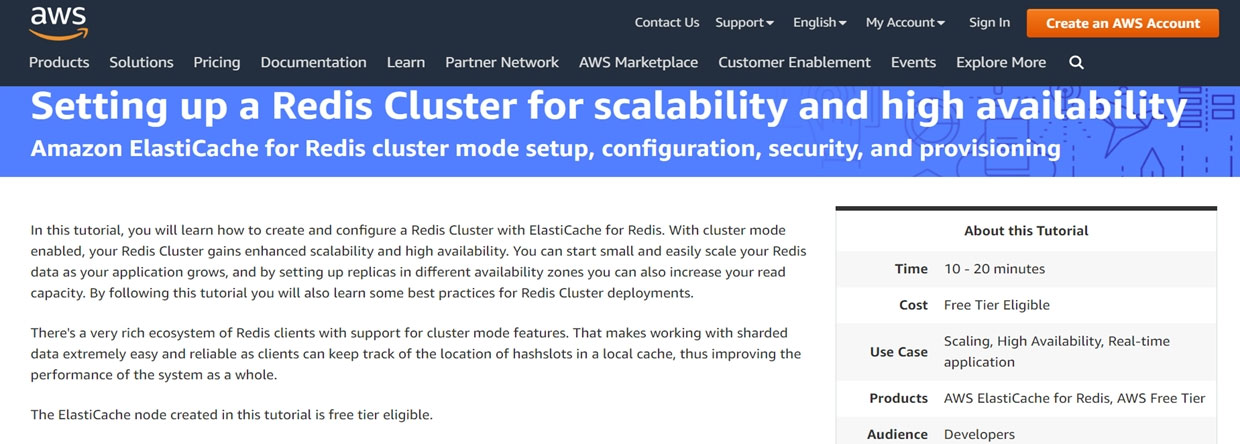A company has an on-premises system that tracks various database operations that occur over the lifetime of a database, including database shutdown, deletion, creation, and backup.
The company recently moved two databases to Amazon RDS and is looking at a solution that would satisfy these requirements. The data could be used by other systems within the company.
Which solution will meet these requirements with minimal effort?
